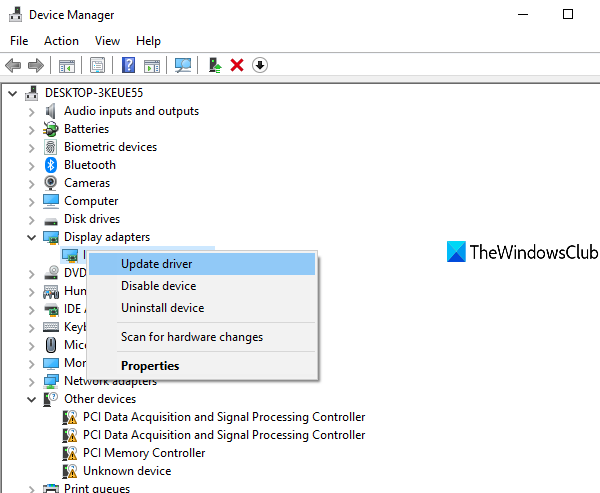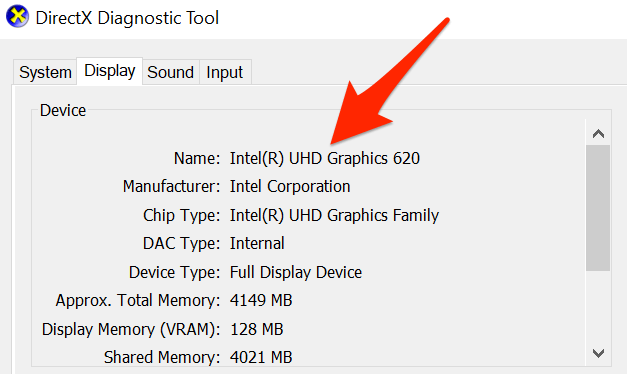


This method has the disadvantage of occurring fairly late in the startup process, thus it will not alter the resolution of the display manager if you use one. See Autostarting#On Xorg startup for details. If you need dynamic configuration, you need to execute xrandr commands each time X server starts.This method provides only static configuration. The RandR extension can be configured via X configuration files, see Multihead#RandR for details.However, there are multiple ways of achieving persistent configuration: Xrandr is just a simple interface to the RandR extension and has no configuration file. xrandr has a lot more capabilities - see xrandr(1) for details.Changes you make using xrandr will only last through the current session.HDMI-1 connected primary 1920x1080+0+0 (normal left inverted right x axis y axis) 531mm x 299mm VGA-1 disconnected (normal left inverted right x axis y axis) When run without any option, xrandr shows the names of different outputs available on the system ( VGA-1, HDMI-1, etc.) and resolutions available on each, with a * after the current one and a + after the preferred one : || xlayoutdisplay AUR Testing configuration xinitrc, then can be invoked when plugging/unplugging monitors or closing laptop lid. Handles: laptop lid state, highest available refresh rates, calculating and applying the actual DPI.

xlayoutdisplay - Detects and arranges displays.autorandr - Automatically select a display configuration based on connected devices.|| GTK 2: lxrandr, GTK 3: lxrandr-gtk3 CLI front-ends LXRandR - Screen resolution and monitor position tool for LXDE.Relative monitor positions are shown graphically and can be changed in a drag-and-drop way. ARandR - Simple visual front end for XRandR.For configuring multiple monitors see the Multihead page. It can be used to set the size, orientation or reflection of the outputs for a screen. Xrandr is an official configuration utility to the RandR ( Resize and Rotate) X Window System extension.


 0 kommentar(er)
0 kommentar(er)
